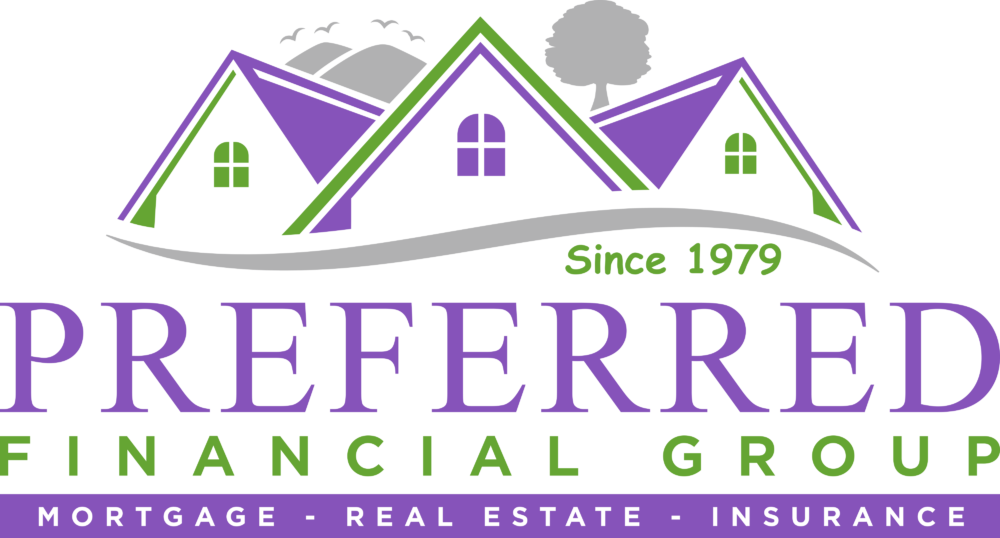Insurance is a form of risk management designed to protect the financial well-being of an individual, company or other entity against uncertain losses. In essence, it is the equitable transfer of the risk of these losses from one entity to another in exchange for payment. It is commonly held that only “pure” risks are insurable, while “speculative” risks are not. A “pure” risk has a chance of loss or no loss only; there is no possibility of gain. On the other hand, “speculative” risk has the potential for both loss and gain.
Here are a few examples of each type of risk:
Pure Risk (insurable):
Your home burns (loss) or it doesn’t
Loss – You would suffer a financial loss if your house burns
Gain- None. You would realize no gain if your home does not burn
Your auto is stolen (loss) or it isn’t
Loss – You would suffer a financial loss if your auto is stolen
Gain – None. You would realize no gain if your auto is not stolen
Speculative Risk (not insurable):
Investing in common stock: If you invest $1,000, you have both downside (loss) and upside (gain) potential
Loss – You could lose your entire $1,000 investment
Gain – Your $1,000 investment could grow to be worth millions.
Betting on a horse race: If you bet $2 on a horse to win a race, you have both downside (loss) and upside (gain) potential
Loss – You could lose your $2 bet
Gain- You can cash a winning ticket for a profit
In this section, we focus on the four most common categories of insurance, shown below. Our objective is to educate you so that you are better able to identify your pure risk situations, to evaluate potential losses in the context of your overall financial well-being and to mitigate those potential losses through the purchase of an appropriate amount of insurance.

